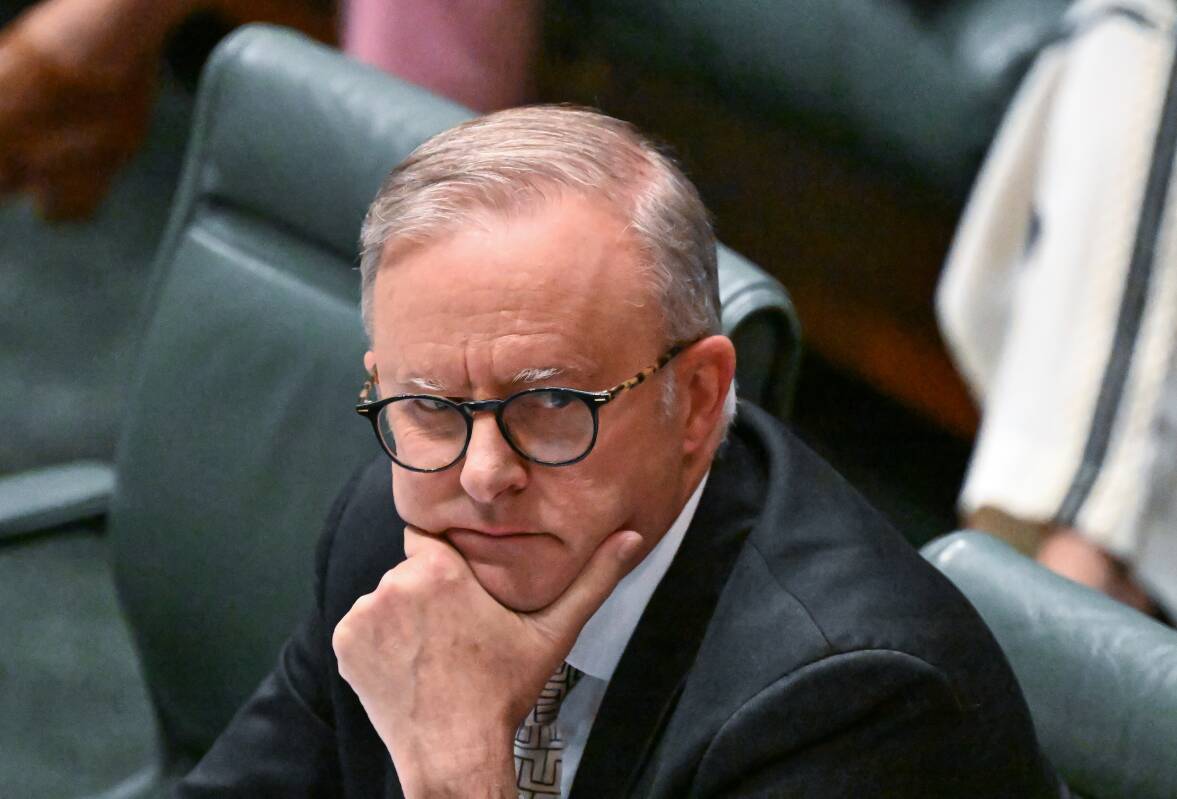The pervasive, lucrative business of online pornography and the easy access to it by children has been identified as a major issue the federal government wants to address as a priority.
Research by the office of the eSafety Commissioner found 75 per cent of Australian children aged 16-18 had viewed porn online and around 40 per cent under the age of 13 had viewed it.
Research has revealed delinquency, depression and unhealthy sexual attitudes among young people exposed to pornography, particularly that which is violent or extreme.
Not just porn, but "other harmful material, such as detailed and graphic portrayals of real violence", as described by the eSafety Commissioner, are also under scrutiny.
But preventing the viewing of this content by underage children presents huge challenges which Big Tech claims has the potential for policy over-reach.

Age verification
It is a series of technical tools by which access to unsuitable online content for children can be blocked.
These can be filters, parental controls, locks or as a more complex measure, biometric or facial recognition.
However, the eSafety office says "a one-size-fits-all technological solution would not be effective", which means what is likely to be trialled are a range of solutions by companies, and their effectiveness monitored.

Why so long?
A clampdown has been in the bureaucratic works for some time, but gathered massive momentum in the wake of this week's national cabinet on gender-based violence.
A 2019 Senate inquiry into the issue produced dozens of submissions from parents and other groups pleading for laws to force pornography sites to verify children's ages. But the wheels of bureaucracy turn slowly and, meanwhile, "free porn" sites and deepfake technologies have proliferated.
The eSafety Commissioner called for evidence from stakeholders into effective age verification back in 2021. Two cross-sector consultations have been held since then, and summary papers produced.
A "roadmap" on how it can be practically achieved has now been produced and $6.5 million will be allocated from the forthcoming budget to implementing it.

Verification process
AI has now accelerated the accuracy of commercially available age estimation technology to the point where it can estimate the age of 13- to 24-year-olds within two years of accuracy.
The government wants technology that is robust and easy to use. The key focus will be on commercial websites.
"Any potential technological tools should meet strict safety and privacy standards, be certified and independently audited," the eSafety office says.
It is recognised determined, tech-savvy teenagers will find ways to access pornography by circumventing controls; the goal is to stop curious children from "stumbling" over this content.
Will these tech tricks fix the problem?
Not completely, but it should make it far more difficult for an innocent content search by an underage person to throw up content which can then be easily accessed.
And there are complications. The United Nations Committee on the Rights of the Child supports every child's right to learn about the digital environment and harness it for education (including on sexual health and respectful relationships).
So what is proposed by the government is a "proportionate" approach which equally respects "the rights of adults to consume and produce pornography in a safe and lawful manner".







